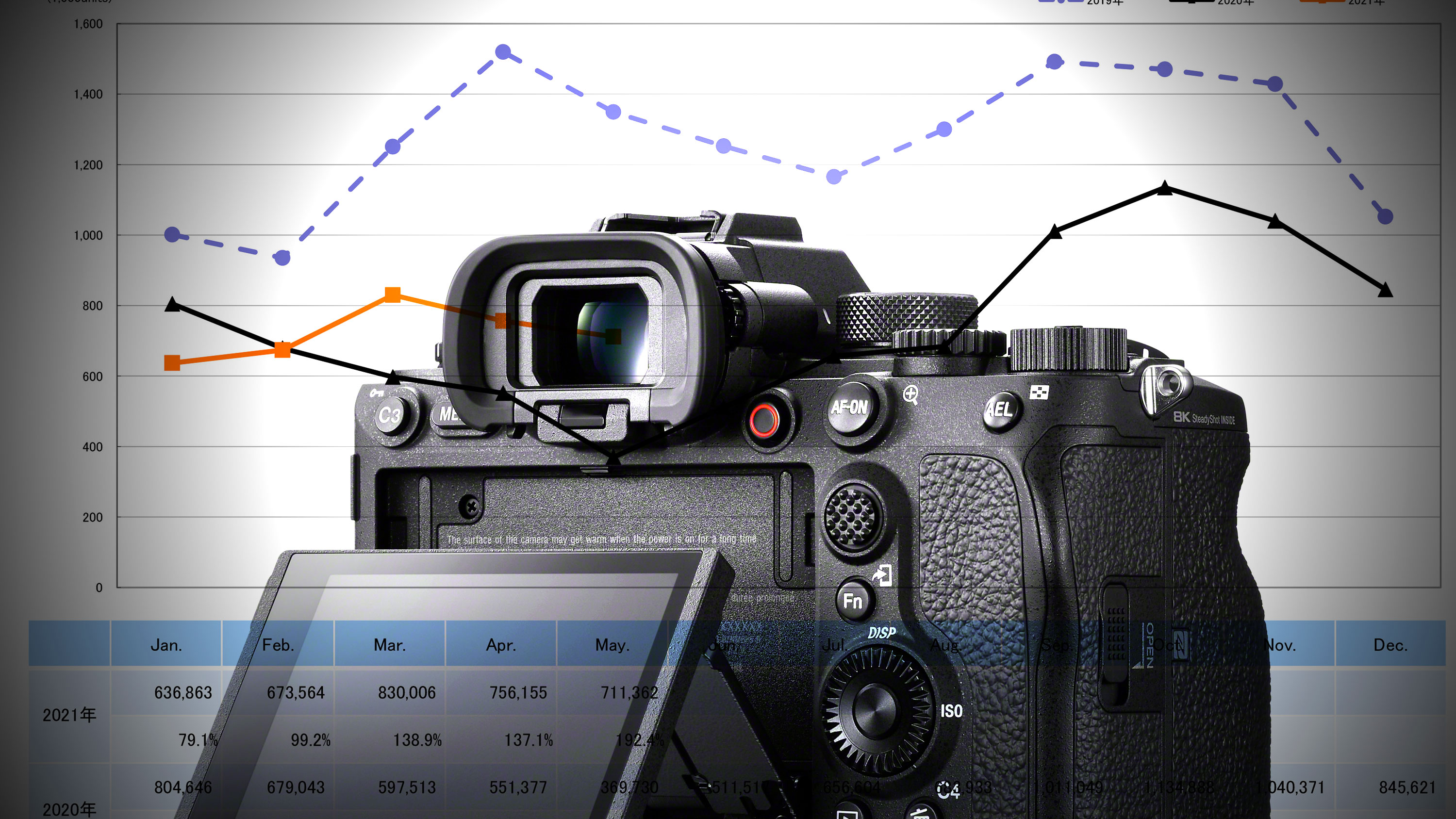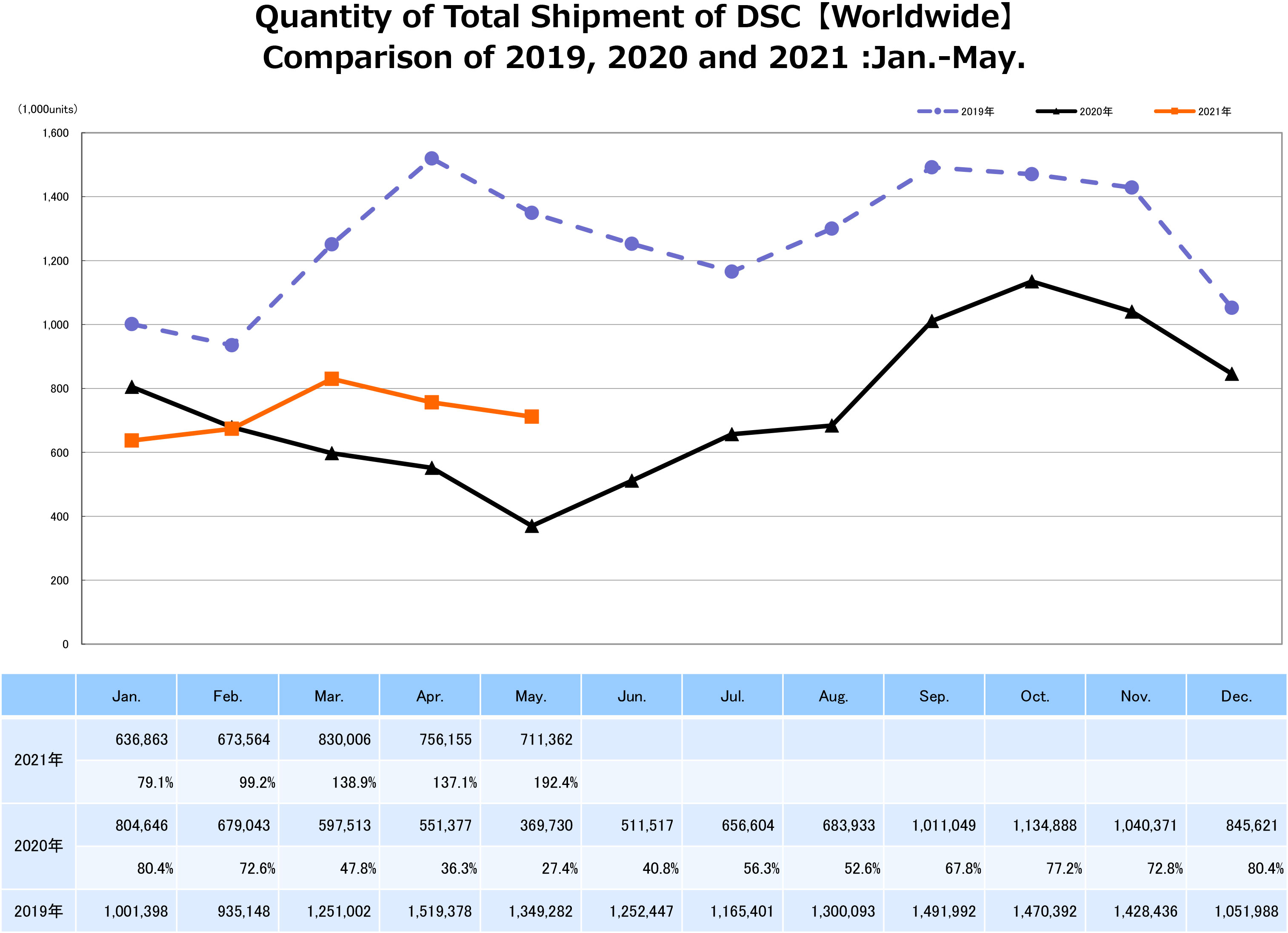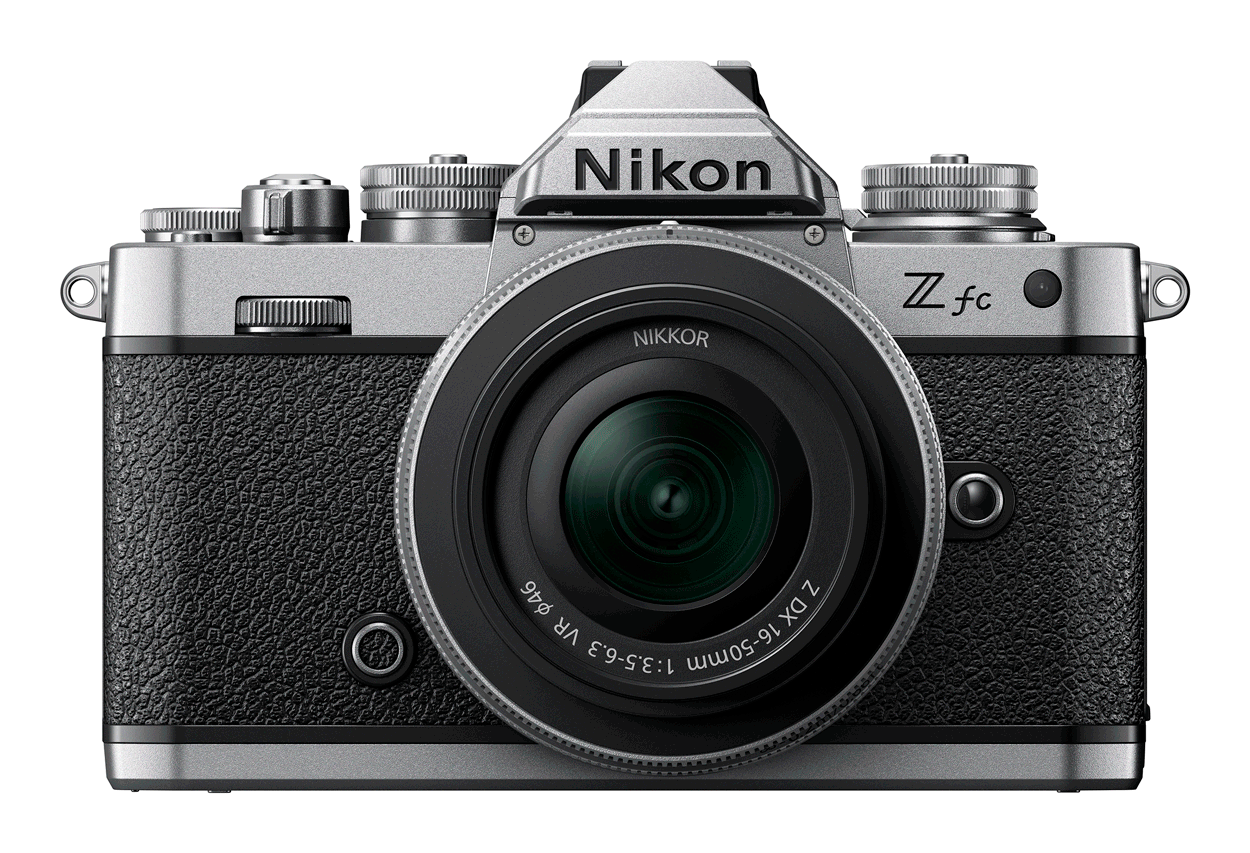New cameras out of stock: PR stunt or genuine supply issues?
We’ve been spoiled by all the new camera launches over the past few months… the hard part is actually buying one

The latest CIPA camera sales figures are pretty flat for the period January to May 2021. These figures are well down on those from 2019, but still up on the 2020 figures, when the world went into pandemic shutdown.
But it’s too easy to assume these figures reflect a decline in demand for cameras, where they actually show how many have been sold. In other words, the numbers reflect not just demand but supply.
Are camera sales down just because we can’t buy them?
We’ve reported many times on stock and availability issues for new camera gear:
• Sony confirms 8 cameras affected by production problems; suspends orders (December 08, 2020)
• Fujifilm GFX 100s delayed! "Pre-orders exceed expectations" (February 03, 2021)
• No more budget Huawei phones due to chip shortage? (May 07, 2021)
• Fujifilm X-S10 falls foul of global component shortage (May 19, 2021)
The best camera deals, reviews, product advice, and unmissable photography news, direct to your inbox!
• Nikon Z MC 105mm f/2.8 macro lens delayed (June 13)
• Sony postpones this week’s camera announcement (July 5)
• Canon apologizes because it can’t make enough of these 5 lenses (July 7)
It seems that no matter how many years these companies have been making camera gear, they still don’t seem able to predict how many people might want to buy them and whether they will be able to make enough of them in time.
Of course, the global pandemic has messed with everyone’s plans, from individuals through to giant corporations. It may be impossible to predict how chip shortages, production hold-ups or global shipping logistics will impact camera supply, so undoubtedly many companies have been hit by circumstances out of their control.
Either way, the bottom line appears to be that camera makers are officially launching cameras they haven’t yet made in sufficient numbers to meet demand. The more lust-worthy the camera, the harder it seems to get. For example:
Fujifilm GFX 100s availability (at the time of writing) – expected Feb 2021:
B&H: "New Item - Released In Limited Qty."
Adorama: "Coming soon"
Amazon US: "In stock soon"
WEX: "Pre-order"
Park Cameras: "Pre-order"
Amazon UK: Not listed
Sony A1 – expected March 2021:
B&H: In stock!
Adorama: "On backorder"
Amazon US: "Currently unavailable" (one available used)
WEX: "Pre-order"
Park Cameras: "Pre-order"
Amazon UK: Not listed
Are camera makers becoming kickstarters?
We’ve moved away from the situation where you can buy a camera the moment it’s announced. You can order/pre-order one in anticipation of some future on-sale date, but you can very rarely get one right away.
In fact future launch dates have become part of the whole product launch cycle, which now looks something like this:
1) Official hints: something is coming
2) Development announcement: the product is still months away
3) Official launch: full specs and pricing, though the on-sale date may still be weeks away
4) Onsale date: but you may need to wait many more weeks or months before ’supply issues’ are resolved
5) Actual availability: NOW you can buy one, though you may still have to play ‘chase the stock’ as you do the rounds of Internet resellers
The bad news for camera makers is the delay to actual sales revenue. The good news is the increased and repeated press coverage for individual products over an extended period of time and the steady accumulation of pent-up demand and pre-orders. In fact you might say it's an advantage to know how many people want a product before you actually get down to making it.
This has parallels with kickstarter projects, where the kickstarter doesn’t have to work out production volumes (or indeed pay for production) until it sees how many people have paid up front.
Of course, we trust our camera makers not to take such an approach on purpose; however, as end users, we end up in a similar situation of lusting after (and perhaps committing to buying) products we can’t have for a long time to come.
When will we get back to normal?
That’s hard to say. The world may never quite return to its pre-pandemic ‘normal’ as individuals and corporations alike have had the chance to reset their expectations and work patterns. Hopefully, the manufacturing and supply situation will look very different this time next year. On the other hand, we may also be seeing a new approach to marketing from camera makers that’s here for good.
In the meantime, don't assume that camera sales are down because nobody wants them any more. Maybe they want them all right, but they just can't get them.
Read more:
• Best mirrorless cameras
• Best DSLRs
• Best professional cameras

Rod is an independent photography journalist and editor, and a long-standing Digital Camera World contributor, having previously worked as DCW's Group Reviews editor. Before that he has been technique editor on N-Photo, Head of Testing for the photography division and Camera Channel editor on TechRadar, as well as contributing to many other publications. He has been writing about photography technique, photo editing and digital cameras since they first appeared, and before that began his career writing about film photography. He has used and reviewed practically every interchangeable lens camera launched in the past 20 years, from entry-level DSLRs to medium format cameras, together with lenses, tripods, gimbals, light meters, camera bags and more. Rod has his own camera gear blog at fotovolo.com but also writes about photo-editing applications and techniques at lifeafterphotoshop.com




